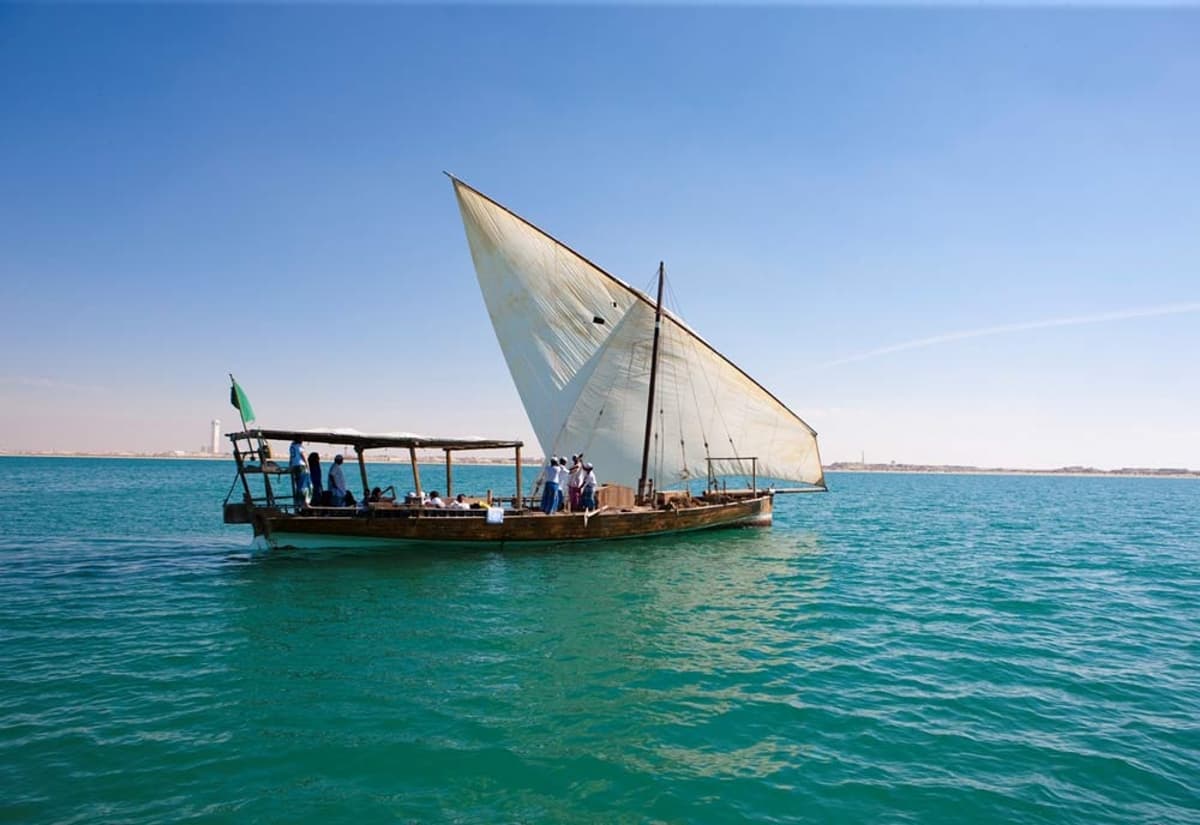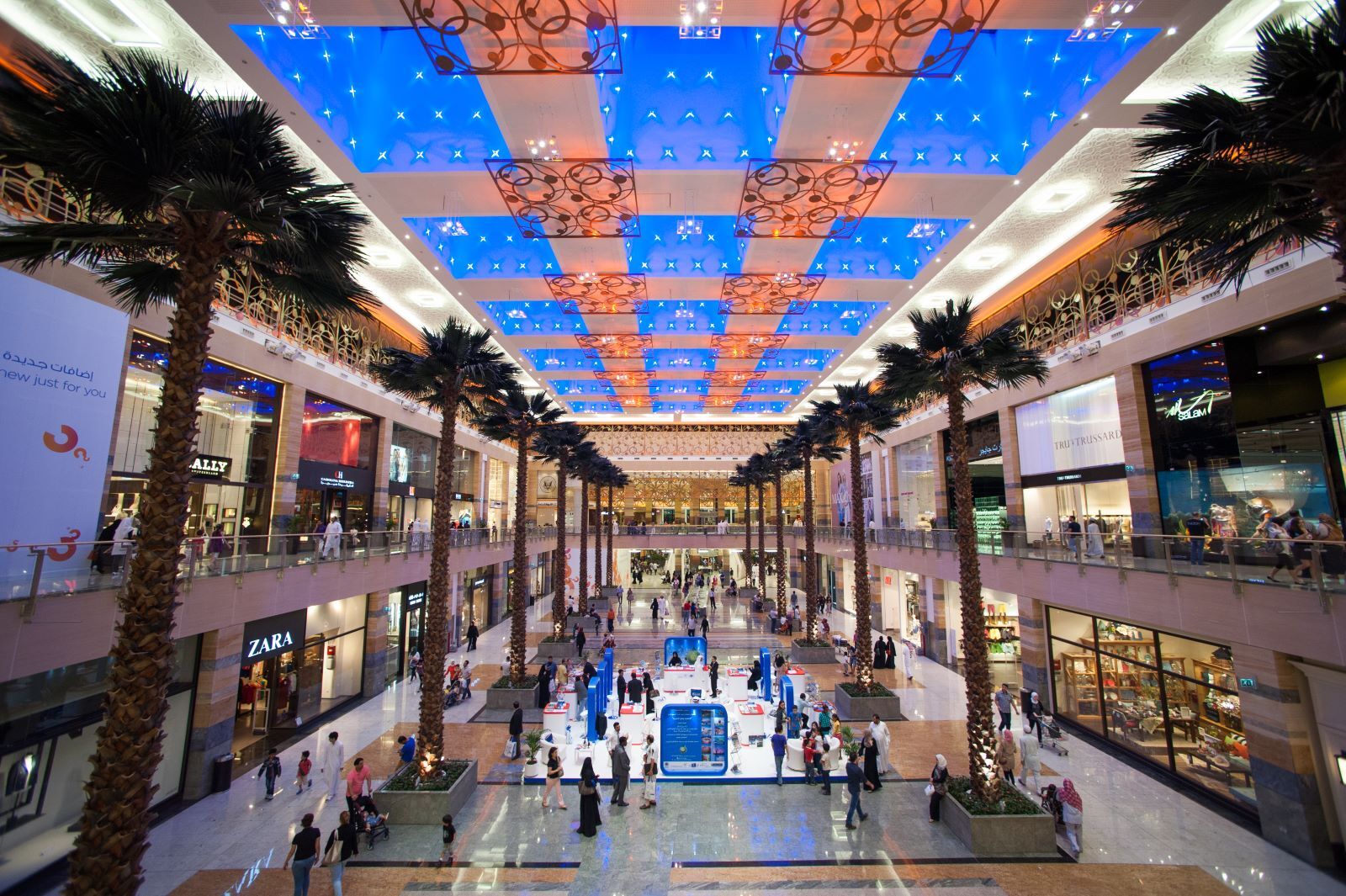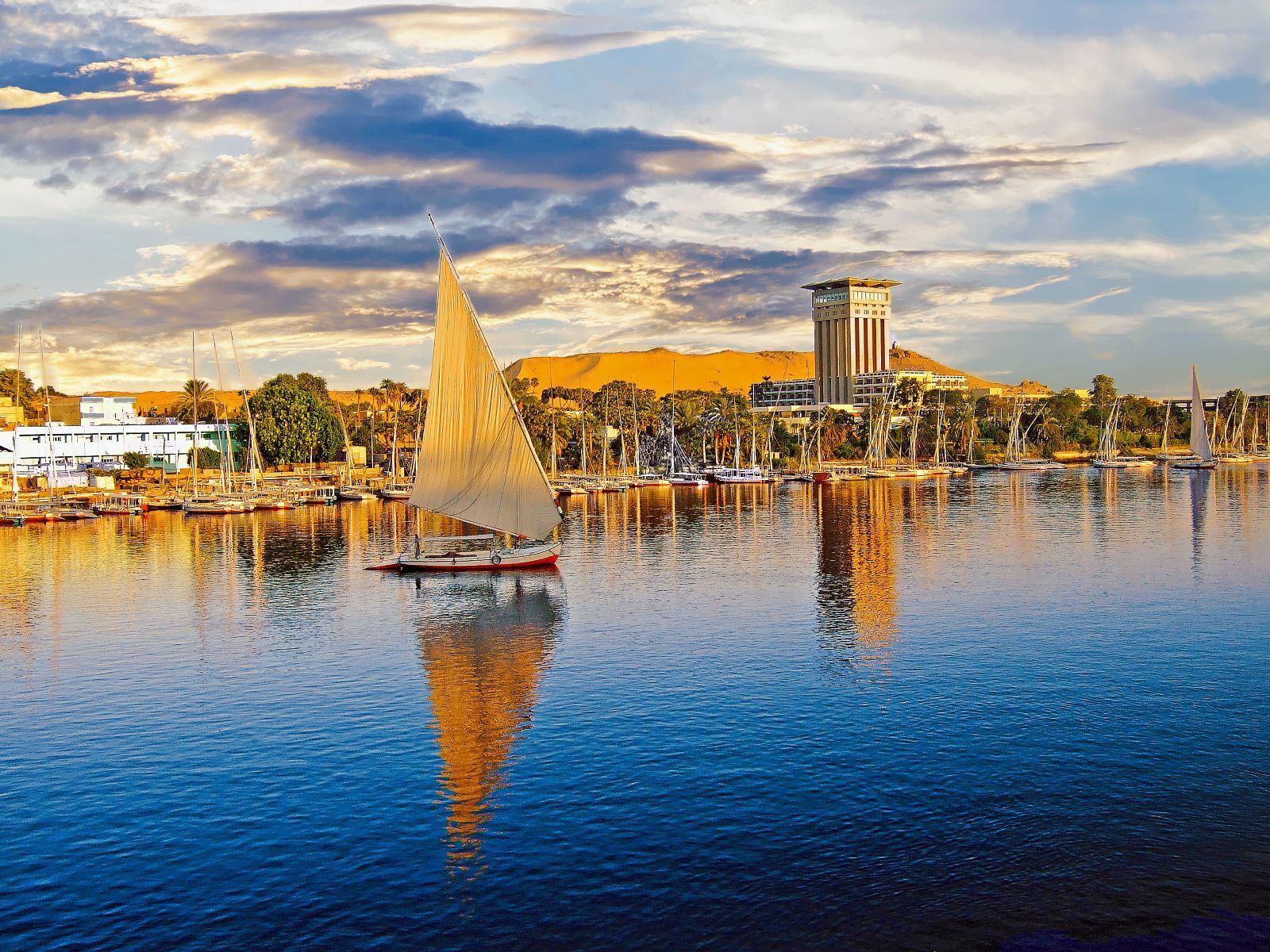Pearl Diving in UAE– A Forgotten Art
Pearl diving in the UAE holds great significance in the country's history and culture. This ancient tradition not only shaped the economic foundations of the UAE but also fostered a unique social fabric among its coastal communities. Read on as, we explore the rich history of pearl diving, its cultural significance, and its substantial impact on the region's development, before UAE’s oil discovery.


The History of Pearl Diving
Pearl diving is deeply ingrained within the cultural fabric of UAE, serving as a reminder of its humble beginnings. The tradition of pearl diving was more than a business; it embodied a way of life steeped in camaraderie, skill, and reverence for the sea.
UAE's pearl diving history traces back to a stroke of luck beneath the waves over 7,000 years ago. A diver's chance discovery of the world's first lustrous pearl among oyster shells paved the way for a civilisation intrinsically tied to the sea, initiating the region's first ventures into pearl trading.
Amidst an evolving landscape, the climate in the Gulf became harsher, creating a challenging environment for the coastal communities, leading them to take on fishing and pearl diving for sustenance. As time unfolded, pearls became integral to maritime commerce, linking eastern Arabia with Mesopotamia's villages, and eventually shaping UAE's destiny as a jewel of the Gulf.
Dubai's earliest mention in historical records dates to 1590, courtesy of Gasparo Balbi, a Venetian jeweller, merchant, and traveller. He mentioned 'Dibai,' as a place known for the best and most beautiful pearls.
In the early 20th century, as modernisation began to touch the shores of the UAE, the traditional methods of pearl diving remained largely unchanged. The communal spirit aboard the diving boats, with each member assigned a specific task, fostered a sense of unity and cooperation essential for the perilous journey into the depths. Techniques such as using turtle shell clips to plug the nose when underwater and sealing ears with wax to protect them during diving, showcased the ingenuity born of necessity, ensuring the safety and success of the divers.
Yet, access to this revered practice was not open to all. Outsiders seeking to partake in pearl diving were met with strict regulations, underscoring the significance of local rulers in safeguarding both the tradition and the welfare of people. The exclusivity of pearl diving cemented its sacred status within Emirati society, a legacy that continues to be cherished and preserved to this day.
Read Also :
Fun Things To Do In Dubai
Impact of Pearling on UAE’s Economy
Before the oil boom, the UAE thrived on the lucrative pearl industry. This industry provided seasonal or even full-time work for many local Emiratis, forming the economic backbone of the region. Many UAE families today trace their fortunes back to the pearl diving endeavours of their ancestors.
The booming pearl industry prompted many families and pearl divers to relocate to coastal towns like Dubai and Abu Dhabi, home to pearling sites. These divers moved their families to these towns to save time on travelling, eventually laying the foundation for what would become the UAE’s two biggest cities.
The money earned from pearl diving circulated within the market, benefiting divers and other residents alike. At the beginning of each pearling season, wealthy families provided advance loans to nukhadas (captains), enabling them to maintain their boats and buy supplies for the crew. In return, the nukhadas offered the pearls they collected. Those captains not indebted to financiers would sell their pearls to professional pearl merchants.
The UAE's pearling ecosystem soon attracted attention from divers in Yemen, India, Iran, and other Arab countries, who came to the Emirates to trade spices, textiles, and rice. Eventually, Arab and Indian moneylenders became the chief financiers of the industry, controlling the trade. Mumbai emerged as the world's largest pearl market, where pearls were polished and dispatched to Europe, Iran, Iraq, and Turkey. Local merchants who wished to bypass Indian brokers sought British, French, and American buyers who frequently purchased pearls from Dubai and Abu Dhabi souqs.
UAE pearls garnered global appeal, with demand across India, Sri Lanka, Venice, and Scandinavia. Luxury brands like Cartier gained fame by using UAE pearls due to their prestige and quality. In 1912, Jacques Cartier made his first journey to the region in search of pearls. UAE pearls have been documented across Europe and Asia, and even among Viking possessions in Scandinavia, marking them as some of the most sought-after pearls of their time.
In everyday language of Gulf Arabic, pearls were known by names like lulu, dana, hussah, gumashah, and hasbah. These terms described pearls of various shapes, sizes, and colours. Pear-shaped pearls were called sujani, while those with a tapered upper half and semi-spherical bottom were known as khaizi. Pink pearls were referred to as sindaali, yellow ones as sofri, and the most prized variety was the black pearl or sinjabassi. Among these, the most intriguing was the majhoolah, a large and unattractive pearl that occasionally concealed within it a smaller, flawless gem.
Read Also :
Best Desert Hotels UAE
How Pearl Diving Was Done
Pearl diving in the shallow, warm waters of the Arabian Gulf was an ideal endeavour due to the shallow beds that allowed divers to reach them without any modern equipment, making it possible to harvest these gems using traditional methods.
The main pearling season, Ghous Al-Kabir, lasted from June to September, taking advantage of the warm and clear conditions, while smaller, one-month seasons occurred in October and November. Before the divers embarked, a send-off ceremony called hiraat took place on the beach, with families and the community bidding farewell. The most senior sardal, or fleet captain, would officially start the season.
Pearling trips could last up to three months, with divers performing up to 200 dives per day, each lasting 2-3 minutes. Dhows, traditional sailing vessels, played a significant role in these expeditions, carrying divers and other crew members to the pearling sites. Each dhow had an al saib, responsible for pulling the divers to the surface. The crew, typically consisting of up to 30 members, played various key roles:
Nukhada: The boat owner or manager overseeing the entire operation and profit distribution. Sardal: The fleet captain, an expert navigator familiar with the best oyster beds. Divers: Men who performed the challenging and dangerous task of diving for oysters. Seib: The person managing the ropes, lowering and pulling up divers. Tabbab: Boys aged 10-14, assisting the seib. Ridha: Young boys serving food and helping to open oyster shells. Naham: A man with a beautiful voice providing entertainment through songs and poetry.
Specialised tools used in pearl diving included: Dean: A woven bag worn around the neck to collect oysters. Zubail: A rope tied to a stone weight attached to the diver's leg to help sink and balance. Yada: A rope the diver tugged to signal the seib to pull him up. Fettam: A clip made of turtle shells or sheep’s bones to seal the diver's nostrils underwater.
The return from Ghous Al-Kabir was marked by a cannon shot signalling families to prepare for the divers' arrival. Homes were decorated with cloth flags, and special foods were prepared. As the pearling vessels beached, crews were welcomed with songs, to which they responded with their own tunes, celebrating the end of another successful season.
Read Also :
Concert Venues In Dubai
Decline of the Pearling Industry
The Gulf pearl industry declined sharply in the 1920s and 1930s due to the advent of flawless artificial pearls from Japan. The Great Depression and dwindling yields from pearl banks further exacerbated the decline. Concurrently, the discovery of UAE's oil reserves shifted the focus to the growing oil industry, marking the end of pearling as a primary economic activity.
Closing Thoughts
The rise and fall of the UAE’s pearling industry is a reminder of the resilience and vision of the country’s leaders. Their ability to navigate the decline of their primary economic driver and transform a modest coastal town into a world-famous metropolis is truly remarkable. This journey from pearling to towering skyscrapers illustrates the UAE’s unwavering spirit and innovative foresight, which placed it among some of the most impressive and much-loved cities on the planet.



